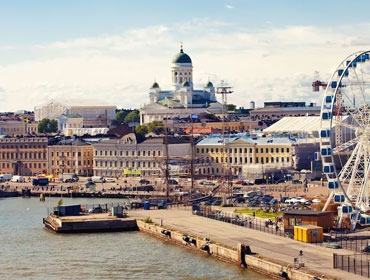

Reykjanes Peninsula
Pick up at the port of Reikiavik and transfer to Reykjanes.
Reykjanes is a true geological paradise, with incredible geothermal energy, seismic activity and tectonic movements. This tour is perfect for those who want to witness the great diversity of Icelandic nature.
Included in the UNESCO Global Geopark, Reykjanes has much to offer and gives us a good overview of the possible landscapes around Iceland. From iconic lava fields to geothermal lakes or thermal waters, our excursion will be full of surprises and unique geological features that you may only see once in your entire life.
The Reykjanes peninsula is located where the Eurasian and North American tectonic plates are constantly moving apart by 2 cm per year. This is the reason why the peninsula offers permanent volcanic activity and small earthquakes are not rare there. The cliffs around the peninsula are dotted with a rich avifauna and some of the most spectacular breakwaters in the world.
Reykjanes has many villages and fishing towns, making up the largest municipality in Reykjanesbær which includes approximately 16,000 residents. It is then the fifth largest municipality in Iceland.
Pick up at the port of Reikiavik and transfer to Reykjanes.
Reykjanes is a true geological paradise, with incredible geothermal energy, seismic activity and tectonic movements. This tour is perfect for those who want to witness the great diversity of Icelandic nature.
Included in the UNESCO Global Geopark, Reykjanes has much to offer and gives us a good overview of the possible landscapes around Iceland. From iconic lava fields to geothermal lakes or thermal waters, our excursion will be full of surprises and unique geological features that you may only see once in your entire life.
The Reykjanes peninsula is located where the Eurasian and North American tectonic plates are constantly moving apart by 2 cm per year. This is the reason why the peninsula offers permanent volcanic activity and small earthquakes are not rare there. The cliffs around the peninsula are dotted with a rich avifauna and some of the most spectacular breakwaters in the world.
Reykjanes has many villages and fishing towns, making up the largest municipality in Reykjanesbær which includes approximately 16,000 residents. It is then the fifth largest municipality in Iceland.
Our tour begins with a bus ride of approximately 45 minutes, before arriving at our first jaw-dropping stop. The Krýsuvík geothermal area is indescribable. With its multicolored hills, rising columns of steam and bubbling mud pools that play a symphony, Krysuvik is unique in the world. Located in the Reykjanes Nature Reserve, the geothermal area really showcases the power of nature through active hot springs.
We will return to our bus and after approximately 40 minutes we will arrive at the Gunnuhver geothermal area. The highly active geothermal area of bubbling mud pools and steam vents is linked to a ghost story. It is named after an angry ghost named Gudrun, whose spirit was trapped in the hot springs by a priest around 400 years ago. Gunnuhver has the largest mud pool in Iceland, measuring 20 meters wide (65 feet). The hot springs are filled with seawater, unlike other geothermal areas around Iceland, providing water up to 300°C.
Our next stop will be the oldest and most popular lighthouse in Iceland: Reykjanesviti.
If you are interested in wildlife, specifically bird life, the Valahnúkur cliffs are the perfect place. Originally built in 1878, the lighthouse was destroyed 8 years later due to a major earthquake. The building that can be seen today was actually built in 1929 and it is estimated that a new one will be needed in the next few years due to the erosion of the cliff. Reykjanesviti is 31 meters high and 73 meters above sea level.
Very close to the lighthouse are the cliffs of Valahnúkur. The area is home to a large colony of seabirds. At Valahnúkur, the beautiful stretch of coastline is continually pounded by huge waves as thousands of birds fly in search of food in the sea. Valahnúkur is composed of layers of tuff, pillow lava, and breccia, all formed during a single eruption. We must always be careful on the edges of the cliffs due to the strong wind.
We will return to the port for the farewell.
Request form
Top destinations

Helsinki,
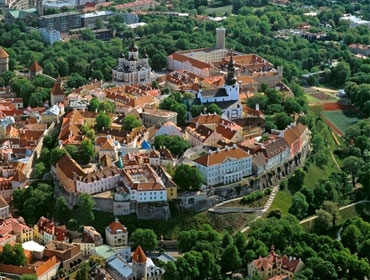
Tallinn,
Estonia
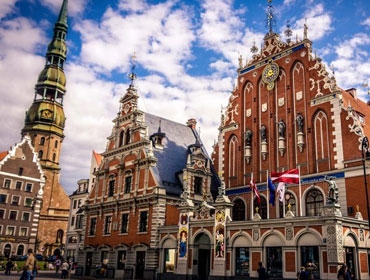
Riga,
Latvia
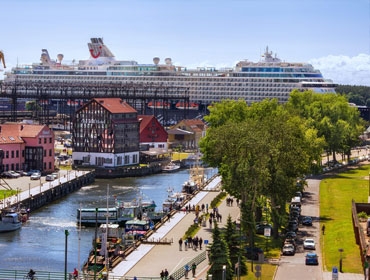
Klaipeda,
Lithuania
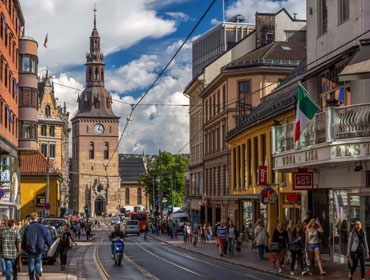
Oslo,
Norway
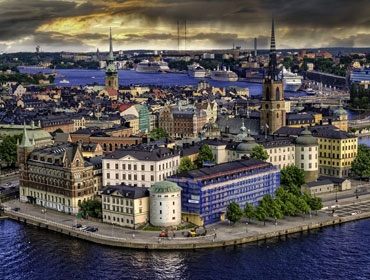
Stocholm,
Sweden
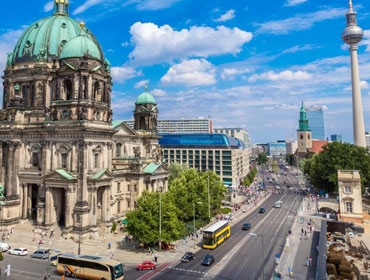
Berlin,
Germany

Copenhagen,
Denmark

Bergen,
Norway

Barcelona,
Spain

Rome,
Italy

Marseille,
France

Lisbon,
Portugal












